When I first arrived in Rome it was very late on a Sunday evening. Ahead of me lay pure anticipation of days ahead exploring this phenomenal city. I knew there would be pavement pounding, heat, and crowds but I couldn’t be more excited. Slightly sapped of energy from the journey, I wandered into a typical Roman restaurant, without great thought, and ordered my first ever plate of spaghetti or bucatini Cacio e Pepe. Not only was that evening transformed, but it also set the tone for my entire trip, and worked its way into my culinary soul for life! Let’s see that authentic Cacio e Pepe recipe!
What is bucatini Cacio e Pepe?
Cacio e Pepe literally translates as ‘cheese and pepper’. In this instance, the cheese is traditionally pecorino and the pepper is the ground black variety. These two ingredients are married together in a sauce cloaking a bowl full of spaghetti.
It’s a remarkably simple dish of just a tiny handful of ingredients. The magic happens in the technique. I share my easy-to-master authentic Cacio e Pepe recipe below.
The story of Cacio e Pepe
Anyone who has ever eaten spaghetti or bucatini Cacio e Pepe, let alone in Rome, will have a story to share. It’s a dish so simple yet so delicious that it calls for one. But as a result, Cacio e Pepe has become the focus of many squabbles in terms of its origins and its true recipe.
To me, such an incredible and elegant dish isn’t worth dishing out some Roman feistiness over. But it’s fascinating to dive into what all the fuss is about.
The first argument is about origins. There’s a beautiful legend that Cacio e Pepe was born of mountain shepherds, who could carry the cheese, pepper, and dried pasta without risk of the food spoiling, having the ingredients needed to whip up an energizing, warming, hearty dish.
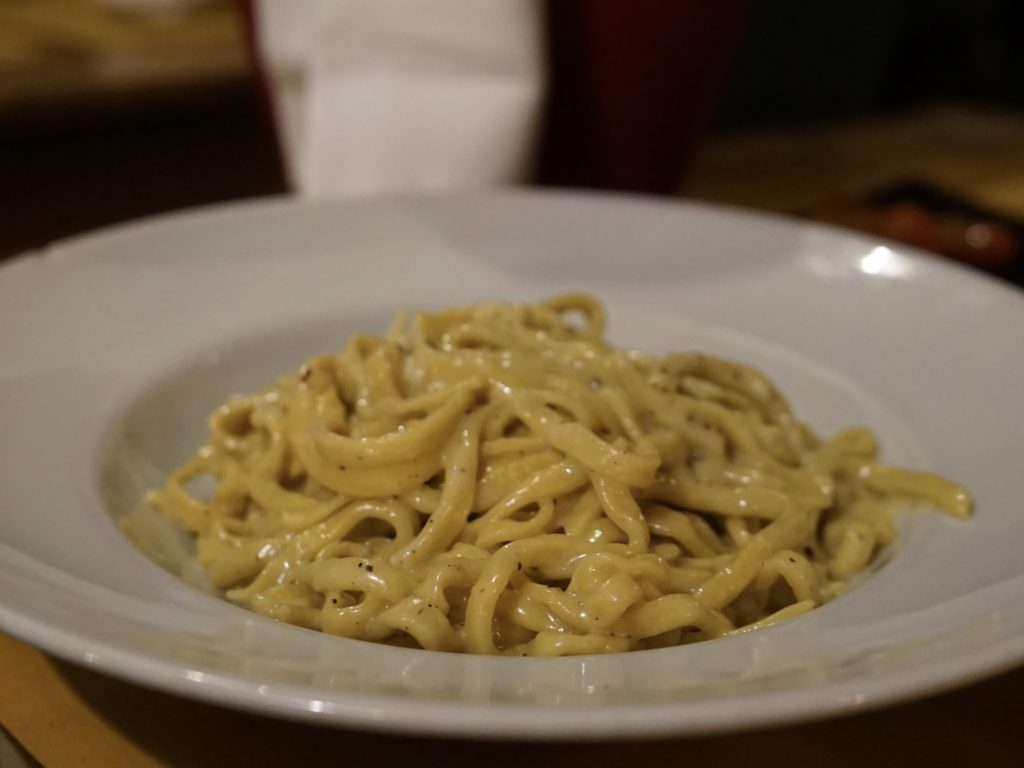
However, the reality is that food historians have questioned this romanticized tale. They think that Cacio e Pepe’s origins are similar to other very simple Italian pasta dishes, like amatriciana and carbonara. These classics are believed to have originated later – in factories and mines, in the areas around Rome, born of low-income pressure, probably around the 1800s. This is when pasta became popular in Rome, coming in from the ports in Venice. So it does seem unlikely that rural shepherds would be toting it up the mountains well before then when polenta and bread were their starchy mainstays!
The second argument is about recipes. Perhaps precisely because it is such a simple recipe so reliant on its technique, it’s inevitable that the center of the dispute is on the ingredients. At heart, only three ingredients are needed: cheese, black pepper, and spaghetti. More details about an authentic Cacio e Pepe recipe!
- The cheese in Cacio e Pepe – Pecorino
Pecorino, an ancient sheep cheese, would appear to be the original cheese and is favored by purists today. It has a sharp tang. As such, some recipes now use Parmesan, which is creamier and more subtle. Or use a mix, take your pick.
- The pepper
The pepper should be freshly cracked black pepper in copious quantities to give a piquant bite.
- The pasta – spaghetti or bucatini Cacio e Pepe
I, along with the purists, definitely think that spaghetti is essential here. However, some recipes now use bucatini (kind of like thick spaghetti with a hollow center).
Furthermore, there then comes an argument as to whether to include butter or oil, in addition to the starchy pasta water, when making the sauce. Personally, I love the added richness of some butter, but again, purists will argue that butter has no place here!
Ultimately, you choose the balance that works to create the perfect Cacio e Pepe for you.
Where to eat authentic bucatini Cacio e Pepe in Rome?
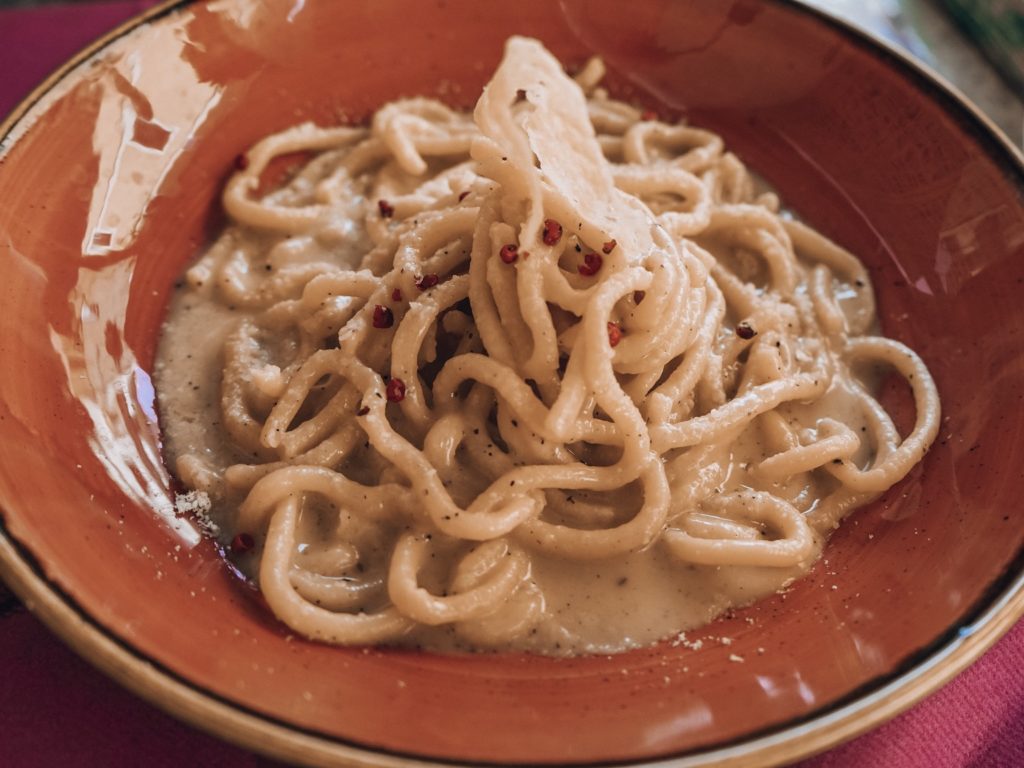
I really urge you to master the Cacio e Pepe recipe yourself, shaking off any thoughts of what you should or shouldn’t be doing to create an authentic dish. But in addition, you simply can’t beat the experience of trying Cacio e Pepe in Rome. Sitting out at a street restaurant, chilled glass of white in hand, watching the locals and the tourists bustle about this remarkable city, and feeling the warmth and hug of Cacio e Pepe, is an experience you’ll never forget.
The good news is that Cacio e Pepe is abundantly available in Rome. I don’t need to list restaurants here because you can pretty much bet it’s available in every other restaurant you walk past. However, Felice de Testaccio is all about its traditional Cacio e Pepe and offers an authentic way to try this classic dish. Alternatively, try the Cacio e Pepe in a parmesan cheese bowl, at Ristorante Roma Sparita. Here comes the authentic Cacio e Pepe recipe.
How to make Cacio e Pepe Italian recipe?
In the absence of being able to hop on a flight to Rome to bask in the Colosseum, Trevi Fountain, Pantheon and snaffle down some Cacio e Pepe, try your hand at this simple Cacio e Pepe recipe.
Serves 4
Cacio e Pepe ingredients
- 400g bucatini/spaghetti
- 4tsp black peppercorns, ground
- 100g finely grated pecorino and/or parmesan (I like 75g pecorino to 25g parmesan!)
Method
- Cook the pasta for 2 minutes short of the standard directions. Add the fresh black pepper in a soucepan and without oil or anything else just grill it a little. Then, add to it 2 big spoons from the pasta water.
- Drain the pasta, retaining approximately 400ml of the starchy cooking water. To your saucepan, add the spaghetti and half of the water. Mix. Then sprinkle over the parmesan but avoid stirring. Allow the heat of the freshly cooked pasta to melt the cheese slightly, for around 30 seconds, before you then stir it all together. If you need to add a touch more water you can. You’re aiming for a glossy smooth sauce.
- Serve into bowls, add another generous twist of black pepper, and serve immediately with a Lazio white wine such as Falesco.
Spaghetti, or bucatini Cacio e Pepe’s success hinges on mastering the technique. Make sure your cheese is at room temperature when you start and allow your cooking water to cool just a touch before you start the alchemy. You can also try our recipe of Orecchiette ai Broccoli. I hope you liked our authentic Cacio e Pepe recipe!
Enjoy!
A guest post by Jessie Moore of Pocket Wanderings
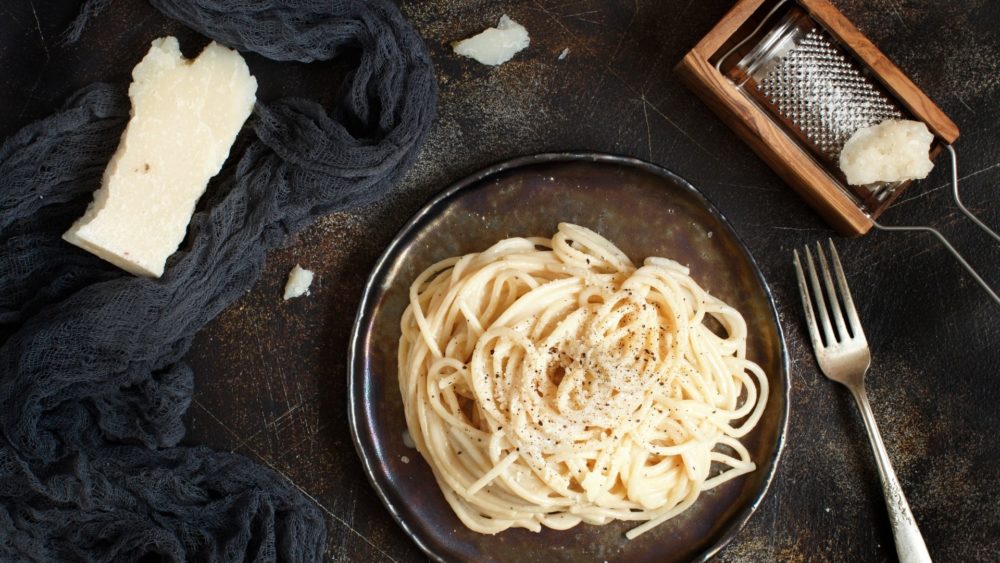





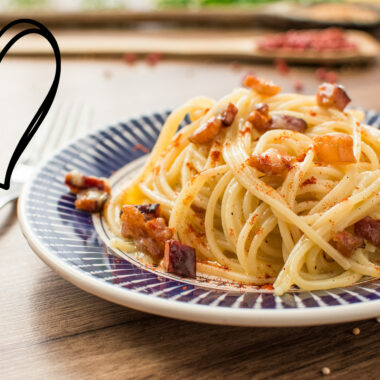

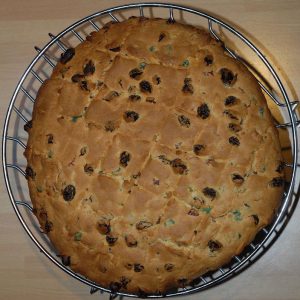
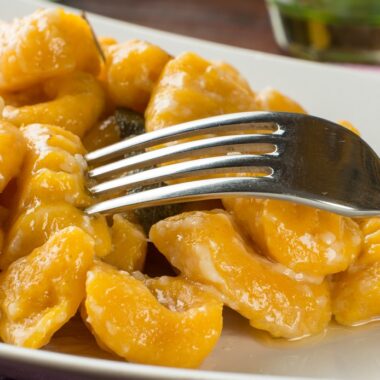
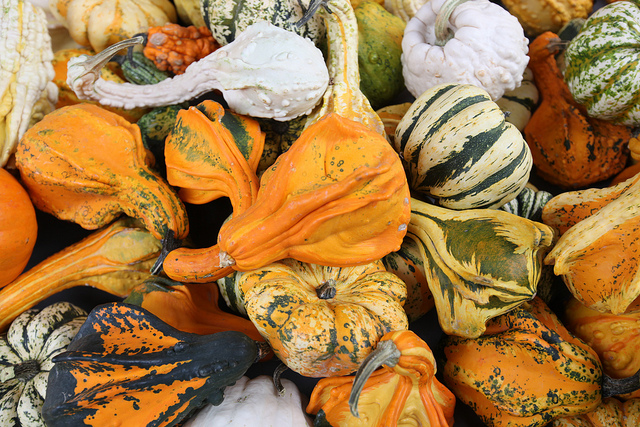
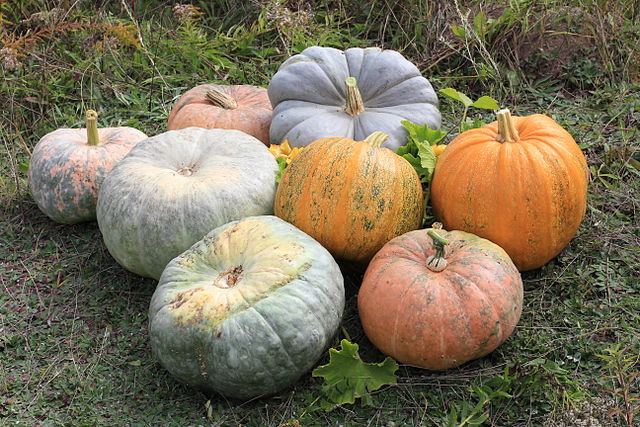
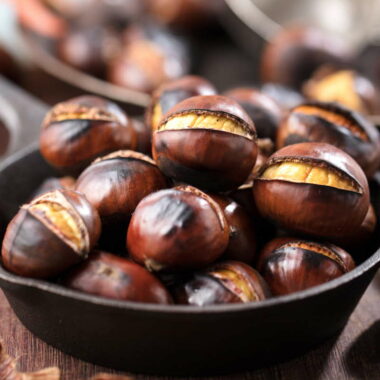

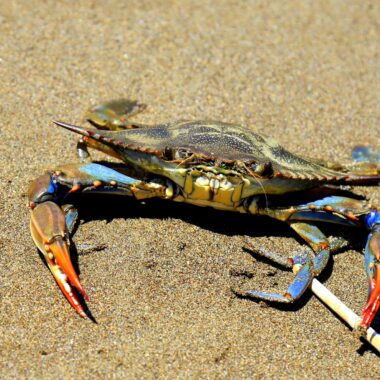
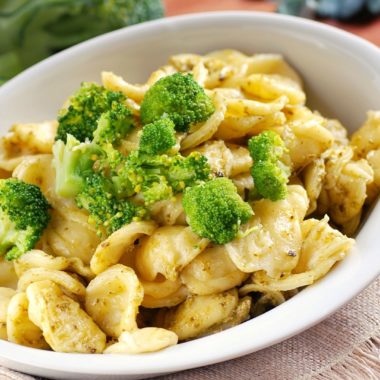




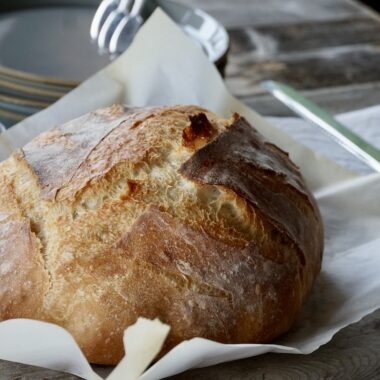

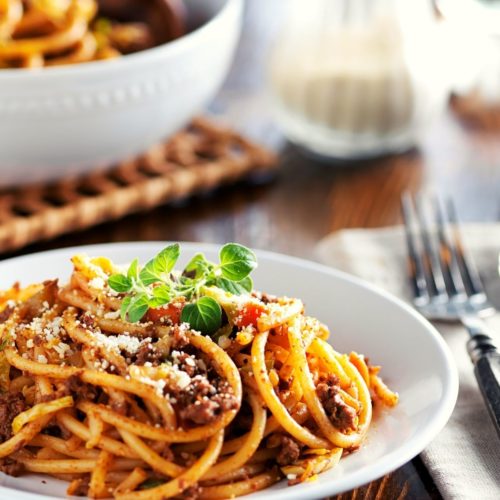
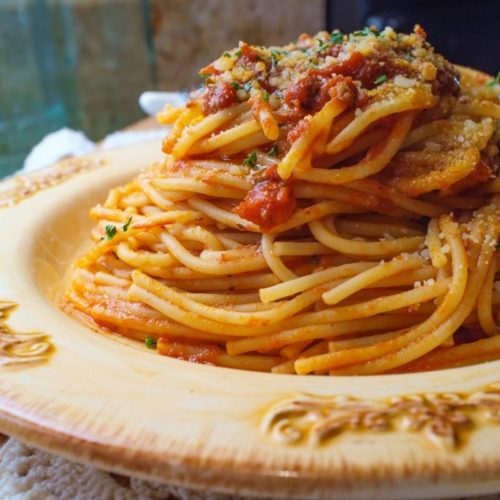
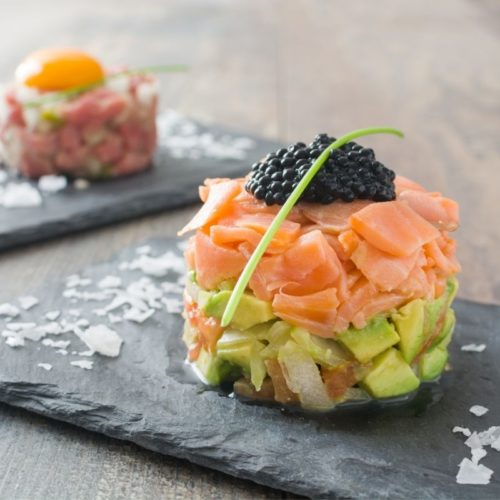

I can’t believe how many pasta recipies Italians can have lol
Wow it’s so easy to do, thanks for the tips I will definitely try it ☺️
It looks delicious!